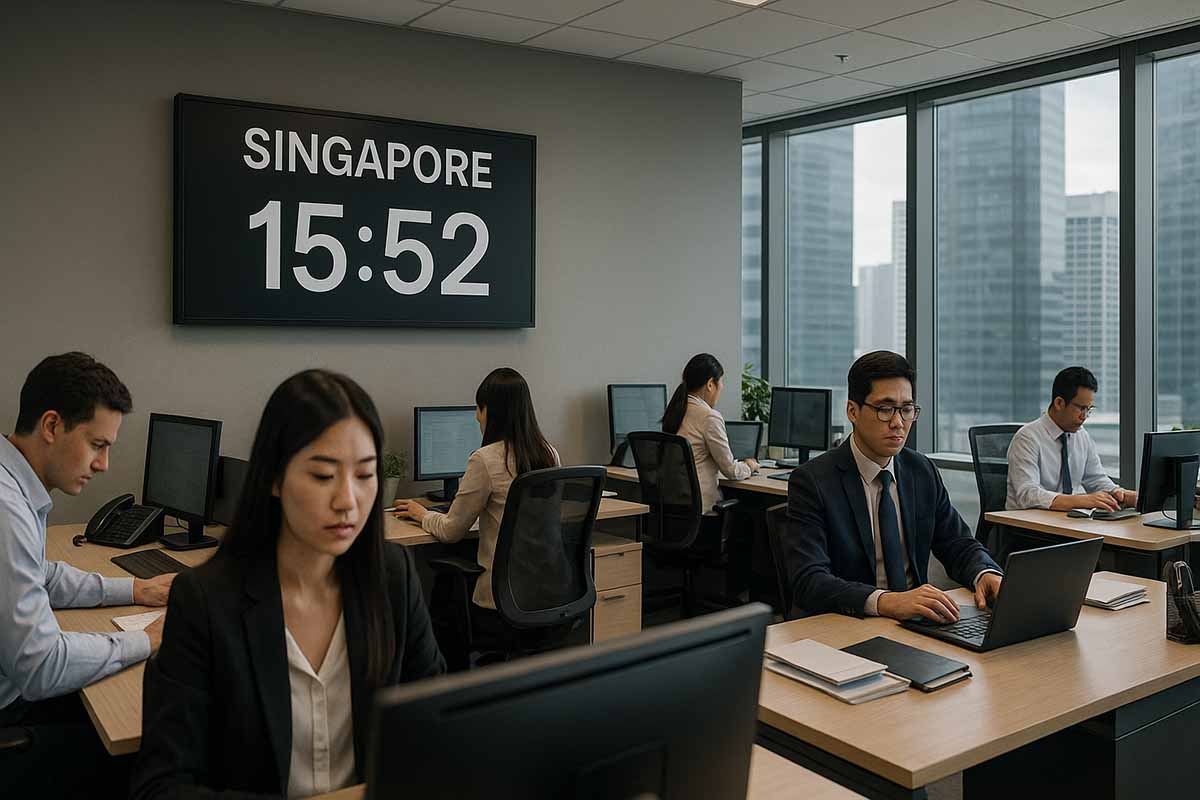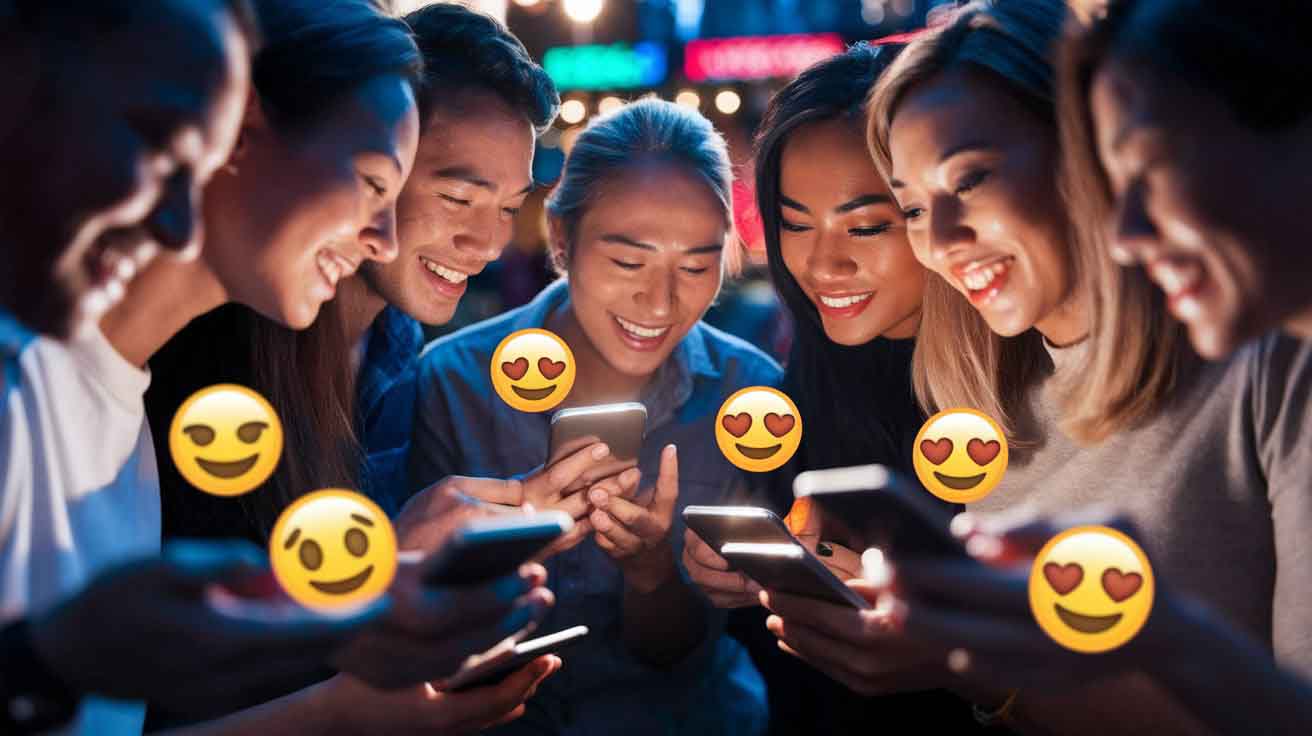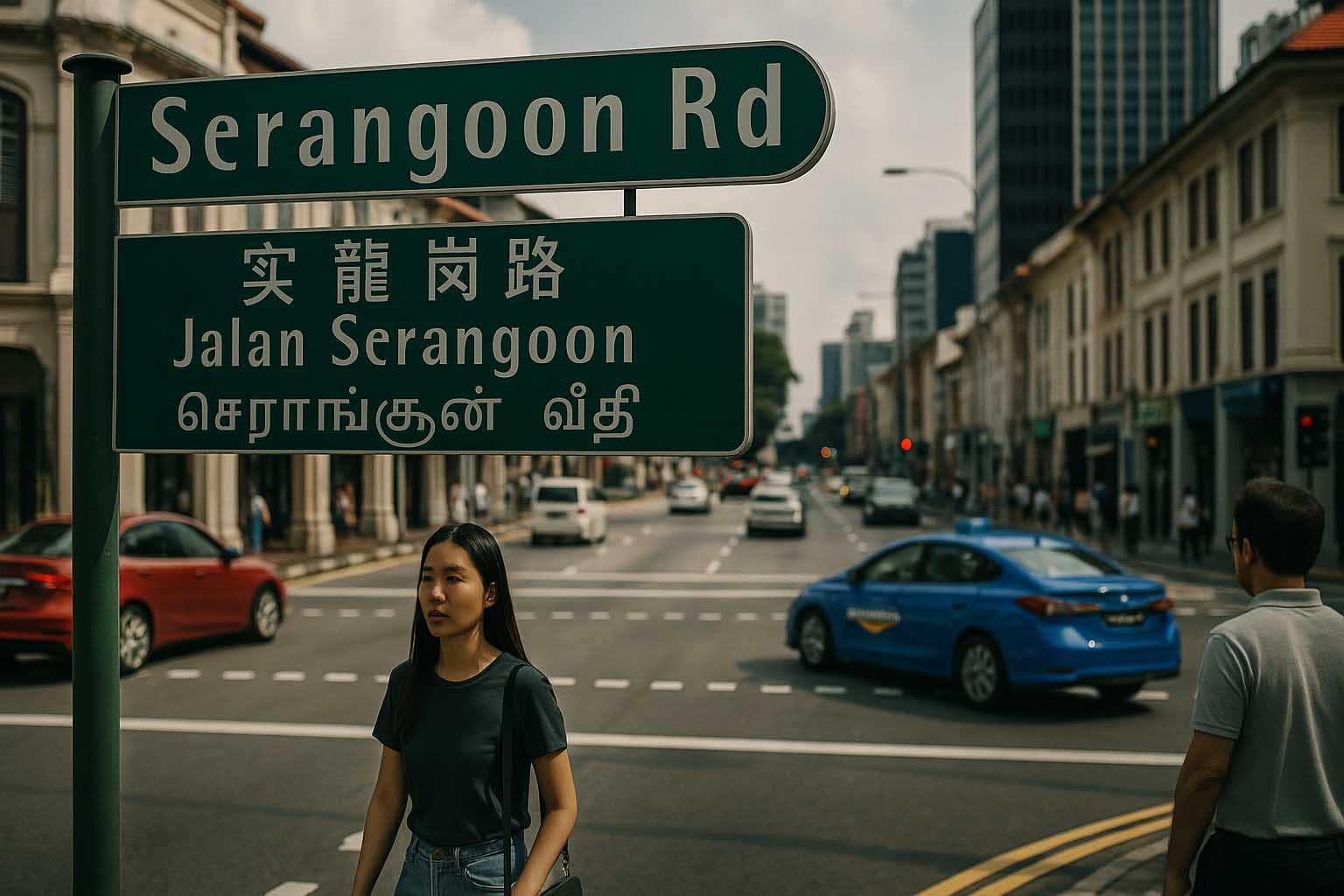Emojis have transformed modern communication, acting as a visual language that bridges cultures and enhances digital conversations. Their ability to express emotions, concepts, and traditions makes them particularly relevant in a diverse society like Singapore. With a blend of ethnic influences shaping everyday interactions, the way Singaporeans use emojis reflects this cultural complexity. As digital symbols become more integrated into communication, they serve as a representation of identity and heritage.
Symbols hold significant meaning in shaping digital interactions. Whether people copy and paste symbols to personalize their messages or select specific emojis to convey emotions, these small icons play a crucial role in online conversations. Just as written scripts evolve over time, emojis continue to develop in ways that reflect cultural diversity. The widespread use of emojis in Singapore mirrors the nation’s multilingual and multicultural identity, where a single symbol can carry distinct interpretations across different communities.
Among these variations, cultural exchanges in Singapore influence how emojis are perceived and adapted. Whether it is a food emoji representing a beloved local dish or a greeting emoji conveying cultural etiquette, these visual elements transcend words. Understanding the nuances behind emoji usage offers a glimpse into the broader conversation about cultural representation in the digital world.
The Universal Language of Emojis in a Multicultural Society
Visual communication has long played a role in human expression, from ancient pictographs to modern emojis. Unlike written language, which varies across regions, emojis provide a form of communication that is understood globally. In a multicultural setting like Singapore, where people converse in different languages and dialects, emojis serve as a common ground.
Emojis simplify interactions, especially in digital spaces where tone and intent can be misinterpreted. For example, a simple thumbs-up emoji conveys agreement without requiring text, making it accessible across linguistic backgrounds. Multilingual users in Singapore often blend text and emojis, using them as an extension of language rather than just decorative elements.
Beyond everyday conversations, emojis also play a role in business and formal communication. Workplace interactions increasingly incorporate emojis to clarify messages and maintain engagement, ensuring that meaning is conveyed accurately across diverse teams. In professional emails, the inclusion of an emoji can soften a statement or add clarity to an otherwise ambiguous message. As digital communication expands, understanding emoji etiquette in professional settings has become an essential skill.
Cultural Representation in Emojis
How Local Symbols and Traditions Are Reflected
Cultural identity shapes the way people use and interpret emojis. In Singapore, where food is deeply embedded in everyday life, certain food emojis carry special significance. The dumpling emoji resonates with those celebrating the Dragon Boat Festival, while the chili pepper emoji might symbolize the spicy flavors of local cuisine. The traditional dress emoji, often used to represent festive attire, reflects the importance of cultural celebrations like Deepavali and Hari Raya.
Symbols related to family values and traditions also hold meaning. The folded hands emoji, commonly associated with gratitude or prayer, is often used to convey respect in conversations, particularly among older generations. Even seemingly universal emojis, like the waving hand, may take on different meanings depending on cultural norms.
Singapore’s cultural diversity ensures that emoji use remains dynamic and context-dependent. Some symbols may take on additional meanings when paired with text, emojis, or GIFs, allowing users to craft personalized expressions that resonate with their community.
The Demand for More Inclusive Emojis
As emojis gain prominence in global communication, the need for more inclusive representation grows. Early emoji sets primarily reflected Western expressions and traditions, but ongoing efforts have expanded their diversity. Recent additions, including skin tone variations and cultural attire, aim to acknowledge a broader spectrum of users.
In Singapore, where ethnic diversity is a defining characteristic, the demand for more localized emojis continues. Communities advocate for icons that better reflect regional heritage, from traditional dishes to culturally significant gestures. These efforts highlight the evolving nature of digital communication, where inclusivity remains a priority.
The call for more inclusive emojis extends beyond representation—there is also a desire for symbols that align with contemporary cultural trends. New emojis are introduced regularly, reflecting emerging societal values and movements. These additions provide a glimpse into how digital platforms respond to user needs and cultural shifts.
Emojis in Everyday Digital Communication
From casual texting to professional emails, emojis have become an integral part of communication. In Singapore, generational differences influence emoji usage, with younger individuals often incorporating a wider range of emojis into their messages. Social media platforms amplify this trend, where emojis enhance storytelling and engagement.
While some view emojis as playful additions, others see them as tools for precise expression. In professional settings, the strategic use of emojis helps maintain a balance between formality and approachability. The preference for certain emojis varies by age group, with older users favoring traditional smileys while younger generations experiment with newer symbols and emoji combinations.
Emojis also shape online branding and marketing strategies. Businesses in Singapore use emojis in social media campaigns to create engaging and relatable content. A well-placed emoji can boost engagement and make content more visually appealing. With the increasing reliance on digital marketing, the ability to use emojis effectively has become an asset in content creation.
Symbols as a Reflection of Identity
Personal identity extends beyond spoken or written words. Digital symbols, including emojis, contribute to self-expression in online spaces. Just as names and profile pictures shape digital identity, the emojis people choose reflect aspects of their personality and cultural background.
In Singapore, where diverse ethnic influences coexist, emoji preferences often align with cultural heritage. Whether through the selection of specific gestures, food-related emojis, or festival-themed icons, digital communication serves as a reflection of personal and collective identity. The role of copy and paste symbols in digital interactions further emphasizes the connection between visual representation and self-expression.
The ways in which emojis are used can indicate personality traits, humor styles, and even social affiliations. Emojis have moved beyond simple expressions of mood—they have become tools for branding, online presence, and community building. From influencers to businesses, emoji choices play a role in shaping public perception and identity.
The Future of Multicultural Representation in Emojis
The expansion of emoji sets continues to reflect societal changes, with designers striving for greater inclusivity. While progress has been made in diversifying emoji representation, opportunities remain for further cultural integration. Future updates may include additional symbols representing Southeast Asian heritage, offering more accurate portrayals of traditions and customs.
Singapore’s multicultural environment presents a unique case study in how digital symbols evolve alongside cultural identity. As technology advances, the way people use and interpret emojis will continue to shift, reinforcing their role as a bridge between communities. Recognizing the importance of representation ensures that emojis remain relevant and meaningful in a world where communication increasingly relies on visual elements.
Looking ahead, as artificial intelligence and augmented reality enhance communication tools, emojis may become even more interactive and personalized. The evolution of emojis will likely see deeper cultural embedding, ensuring that digital symbols reflect the richness of global heritage while maintaining their universal appeal.











Leave a Reply